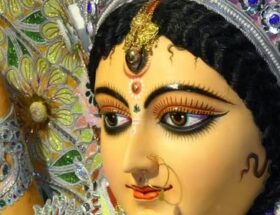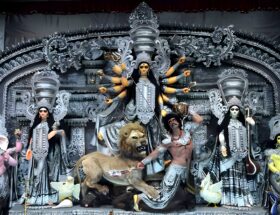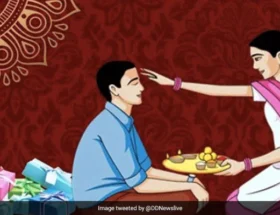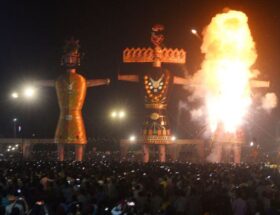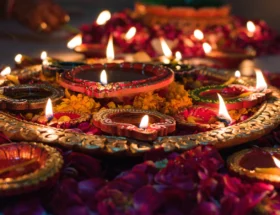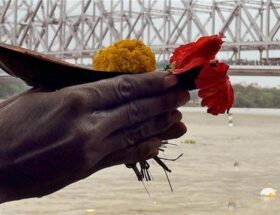Monsoon Festival: Celebrating Nature’s Gift
Introduction to the Monsoon Festival Celebration
The Monsoon Festival Celebration is a colorful festival that celebrates the period of monsoon and welcomes nature when it feels fresh and commences with its first rain.
People celebrate the Monsoon Festival with full fervor in various regions, each contributing unique aspects that give the festival its own identity.
Monsoon Festival—Why Celebrate It
The Monsoon Festival is very important, for it symbolizes fertility, growth, and renewal. For relief from the scorching summer, the rains are for the rains and they breathe life into the parched earth. The period here is a critical one to do with agriculture, and the festival gives thanks to the rain gods for a bumper harvest.
Regional Variations of the Monsoon Festival
Different regions celebrate the festival of Monsoon in various ways. In some parts, people perform traditional dances and songs to welcome the rains. In some areas, they conduct rituals and prayers to seek blessings from the rain gods. All these customs and traditions coming from different regions bring richness to the festival.
Traditional Attire and Festive Decorations
People deck up in vibrant regional attires during the Monsoon Festival. Women wear a lot of brightly colored sarees, while men generally don typical traditional attire. Homes and public spaces feature flowers, lights, and nice designs all around, creating a cheerful and festive atmosphere that portrays the joy of the season.
Delicacies of Monsoon and Culinary Delights
Food plays a very important role in the Monsoon Festival. Delicious foods are cooked by mixing ingredients brought by the season. There are varieties of sweets, savory snacks, and heavy meals prepared, indicating the arrival of new produce brought by monsoons. Different regions come up with their recipes for the monsoons, which further add to the culinary richness of the festival.
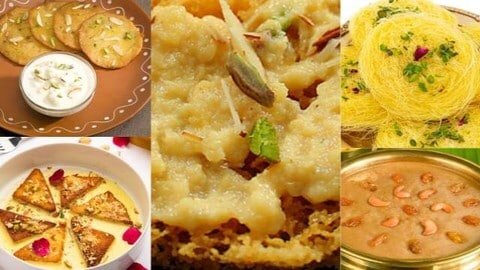

Cultural Programs and Entertainment
Cultural performances and entertainment also grace the Monsoon Festival. Traditional music portrays dance performances and reflects the culture of a particular region. Folk songs, playing of instruments, and dancing like the Garba and Dandiya of Gujarat state and the Bihu dance of Assam state are part and parcel of the Monsoon Festival.
Rituals and Prayers
During the Monsoon Festival, people observe rituals, offer prayers, and engage in related activities by visiting temples and other important sacred sites to perform these rituals and pray to the gods for rain. This kind of ritual will lead the rain gods in producing an abundant monsoon and a prosperous year ahead. Water is sacred, and most of the rituals include offerings and ceremonies conducted around water bodies.
Impact on Agriculture and Economy
Significance of this festival: Monsoon Festival deeply and definitely impacts agriculture and the economy. Rains are very much needed for the crops, and a healthy monsoon guarantees richness in harvest leading to the strengthening of the economy of this agrarian section of society. So, the festival speaks all about the importance of nature for human existence.
Conclusion
The Monsoon Festival is one big happy celebration of the harvest of plenty that nature has bestowed upon humankind. The festival brings the people together in felicitation and celebration of the rains that sustain life. The festival, with its traditional dances, culinary delights, and heartfelt prayers, gives nice reflection on the richness of culture and diversity of residents in regions commonly celebrating the festival.
Enjoy the Monsoon Festival draped in all its colorful traditions, culinary varieties, and joyous ambiance, making it distinctive and special.

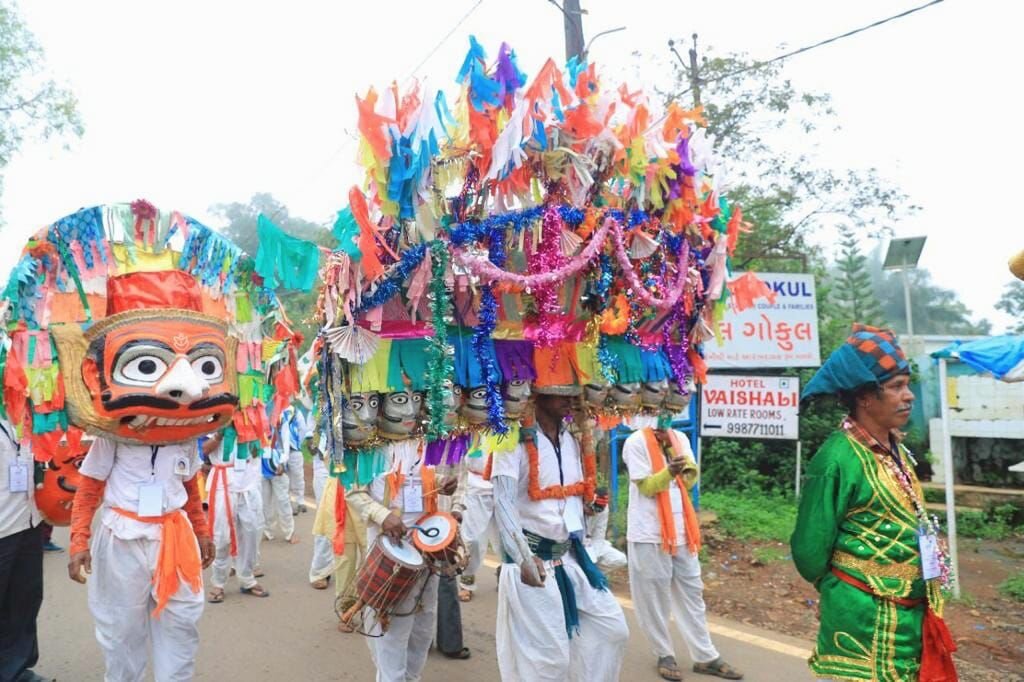
Sarees that women can wear in this festival: Dark-Green Dhakai Jamdani Saree
FAQs on Monsoon Festival
1. What is Monsoon Festival?
The Monsoon Festival is to mark the arrival of the monsoon season; this will celebrate the rains and rejuvenation of nature.
2. When do they conduct monsoon events?
Depending on the region, they usually hold the festival at the beginning of the rainy season, but usually between June and September.
3. What is the significance of the Monsoon Festival?
The festivity is important because it symbolizes fertility, renewal, and growth. It is also a very important period for agriculture and an expression of gratitude to the rain gods.
4. How do various parts of the country celebrate the Monsoon Festival?
Different regions celebrate it by performing traditional dances, songs, rituals, and prayers. All these have varied traditions that will make the festival rich.
5. What sort of traditional dress is worn in the Monsoon Festival?
There is a lot of colored traditional attire worn. Women traditionally used to wear bright-colored sarees, and men wore traditional clothes that attracted the cheerfulness of the festival.
6. What types of foods are associated with the Monsoon Festival?
Special monsoon food consists of sweets, savory chivda, and complete meals. Different recipes are available from every region.
7. What are the kinds of cultural performances available during the festivity of the Monsoon festival?
The folk music and dance items involve Garbo and Dandiya of Gujarat and Bihu dance of Assam, which reflect the cultural tradition.
8. What are the rituals followed and the prayers offered during the Monsoon festival?
People perform rituals and prayers at temples and other holy places for the rain gods. Various celebrations and functions related to water bodies are common to treat rainfall.
9. How does the Monsoon Fest encourage agriculture?
Monsoon is critical for crops. A season of reasonable rainfall ensures a good harvest, hence supplements the ailing economy, more specifically in rural areas.
10. Why should one experience the Monsoon Festival for a specific reason?
The event depicts a unique cultural experience, with euphoric traditions, food, and merry-making, thus showcasing the diversity and richness of regional cultures.

